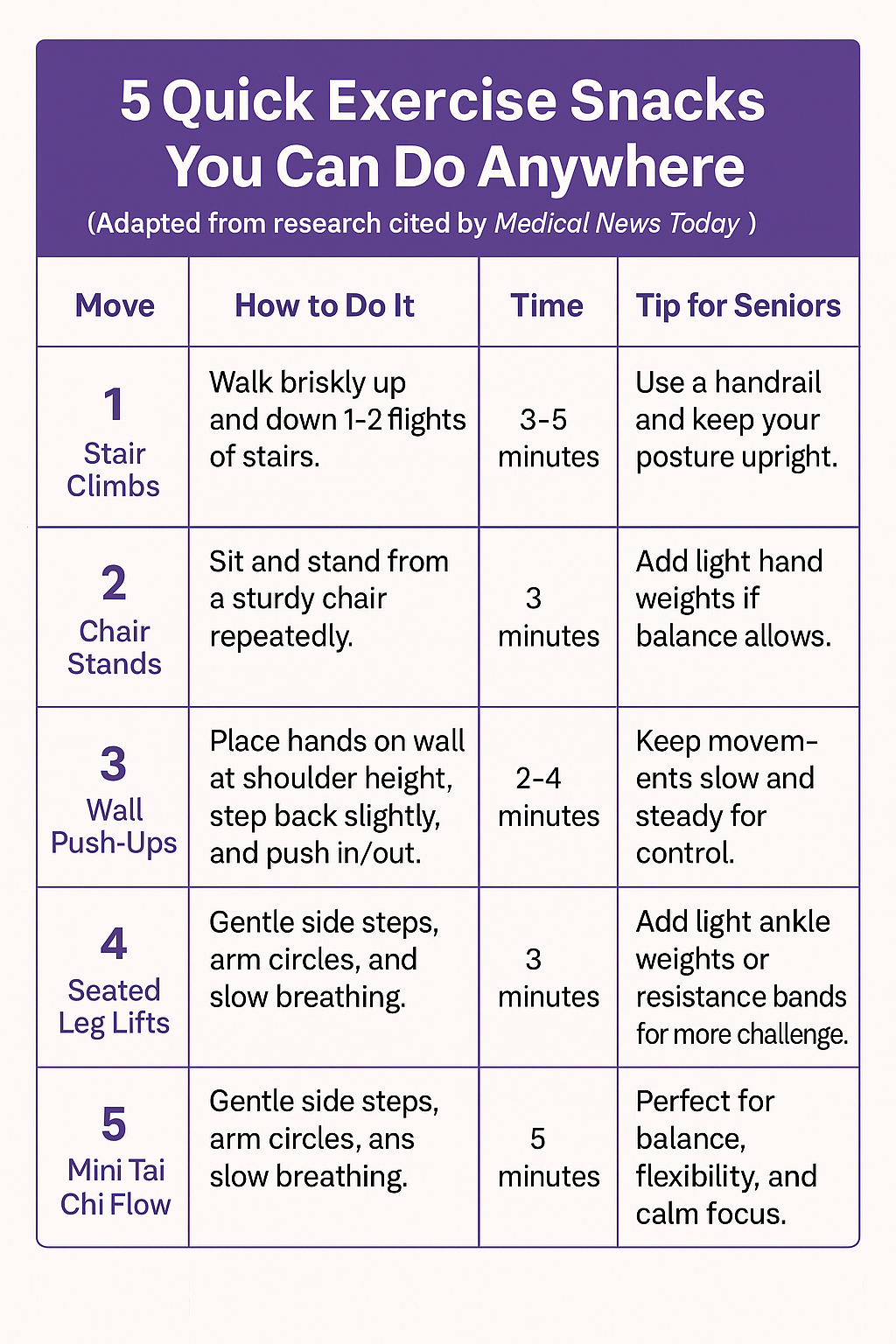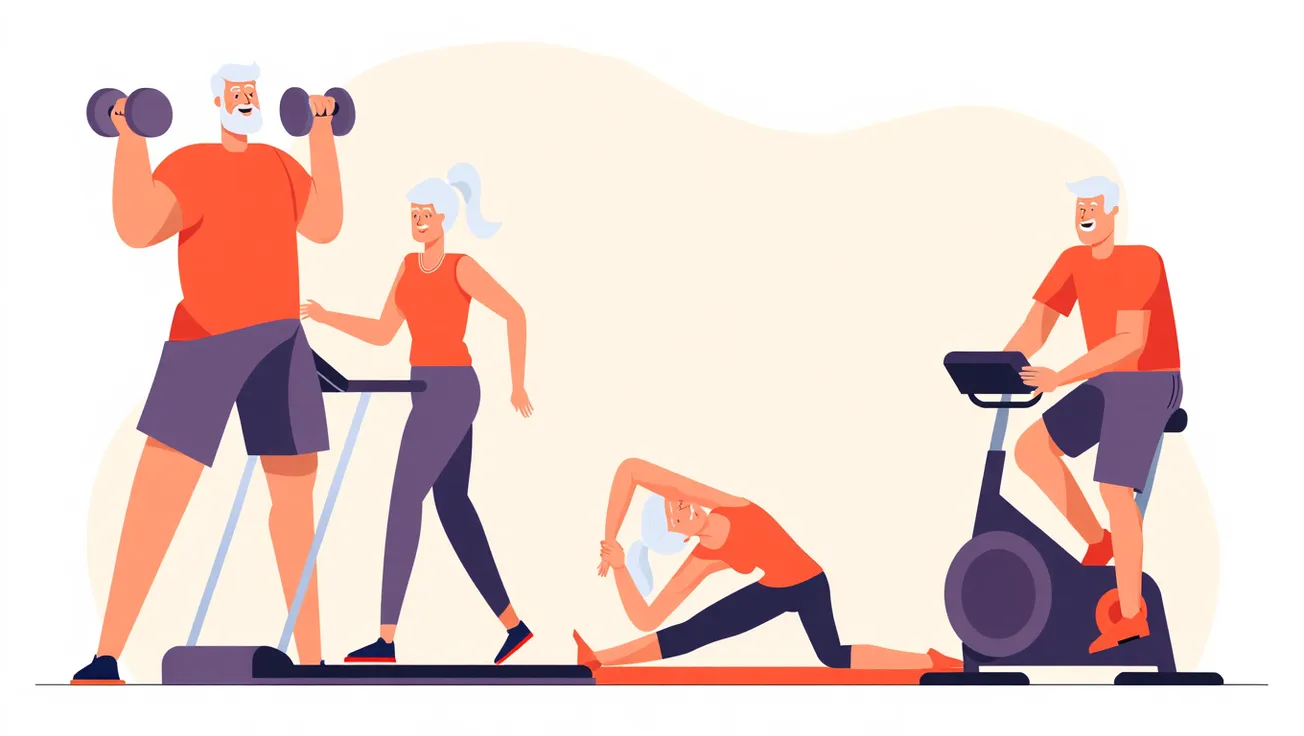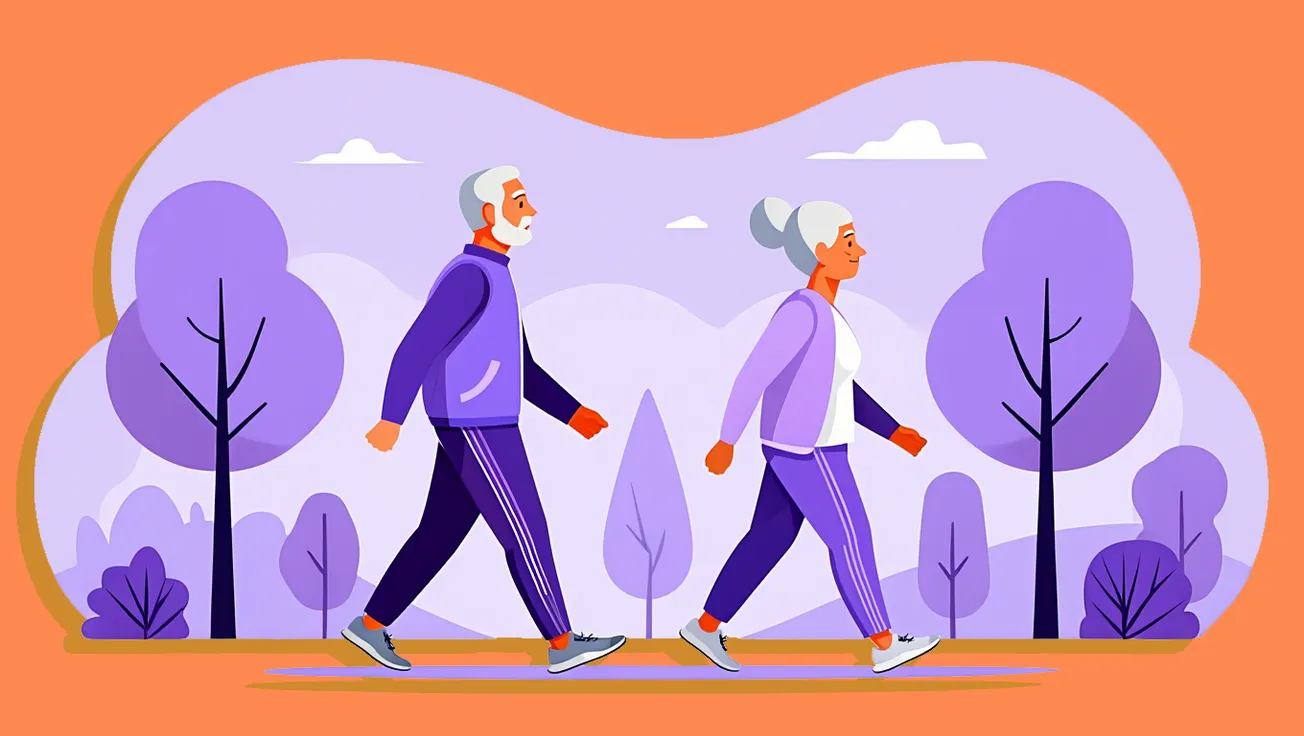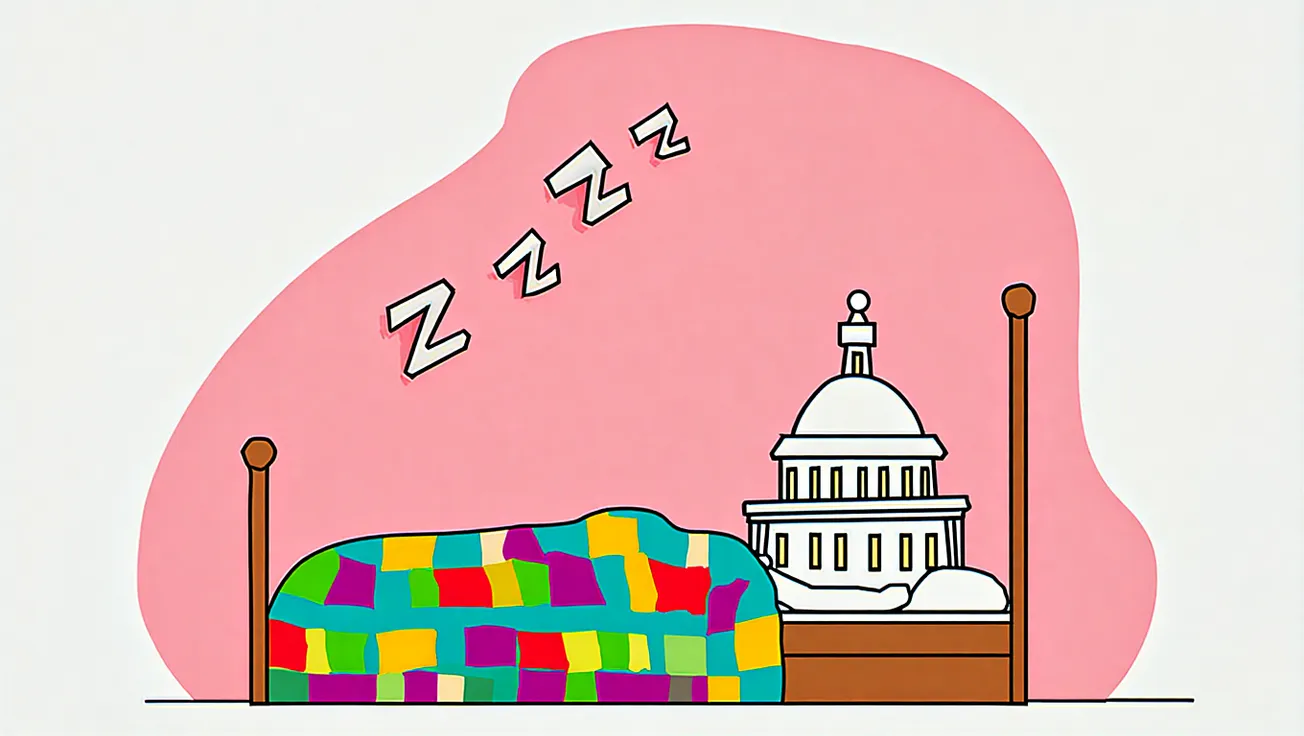The Takeaway
- Just two short, five-minute “exercise snacks” a day can improve heart and lung fitness.
- The approach helps people who struggle with time or motivation to stay active.
- Activities like stair climbing, squats, or tai chi work well for seniors.
- 83% of participants stuck to the program—far higher than traditional exercise plans.
- Small, consistent efforts can add up to big health benefits.
If you’ve ever promised yourself to “get more exercise” and then run out of time, there’s good news. A new review published in the British Journal of Sports Medicine suggests that just a couple of five-minute bursts of activity a day—what researchers call exercise snacks—can improve heart and lung health.
The findings, reported by Medical News Today, may be especially encouraging for older adults who find long workouts difficult or intimidating.
Tiny workouts, big gains
The study’s first author, Miguel Ángel Rodríguez, a doctoral researcher in clinical research at the University of Oviedo in Spain, told Medical News Today:
“When people are asked why they don’t exercise, the most common answers are lack of time and lack of motivation. Exercise snacks directly address both: They’re short, flexible, and easy to fit into daily routines.”
The review looked at 11 studies conducted in Canada, Australia, China, and the United Kingdom. Across 414 participants—ages 18 to 75—researchers tested everything from stair climbing to leg-strength exercises to tai chi.
Participants performed between two and ten “snacks” of moderate-to-vigorous activity per day, each lasting no more than five minutes. Even with that limited effort, researchers saw meaningful improvements in heart and lung function, especially in those who started out inactive.
Easier to stick with than traditional workouts
One reason the approach works: people actually stick with it. The study found that 83% of participants completed their programs—far higher than for more demanding regimens like high-intensity interval training (HIIT), where only about 63% typically finish.
Dr. Cheng-Han Chen, a board-certified interventional cardiologist at MemorialCare Saddleback Medical Center in Laguna Hills, California, who was not involved in the study, said the review shows promise for people who are otherwise sedentary:
“This form of exercise might be an efficient way for busy and/or sedentary individuals to get at least some cardiopulmonary benefit with only brief periods of higher-intensity physical activity,” Chen told Medical News Today.
What kind of exercise counts?
For most healthy adults, Rodríguez suggests practical movements like brisk stair climbing, squats, lunges, or push-ups. Older adults or those with mobility issues might benefit from gentler options like chair stands, light resistance bands, or short bouts of tai chi for balance and coordination.
He cautions, however, that those over 50 should prioritize safety and consistency over intensity.
“Balancing intensity, safety, and consistency is essential when implementing exercise snacks in everyday life,” Rodríguez said.

A small start is still a start
Even though the participants didn’t meet the CDC’s recommended 150 minutes of moderate exercise per week, the study found measurable gains. That’s an encouraging reminder that perfection isn’t the goal—movement is.
As Rodríguez put it, “Any opportunity throughout the day to move, even briefly, can make a meaningful contribution.”
Disclaimer: This article is for informational purposes only and should not be taken as medical advice. Always consult your healthcare provider before starting any new exercise routine, especially if you have chronic conditions or mobility limitations.







